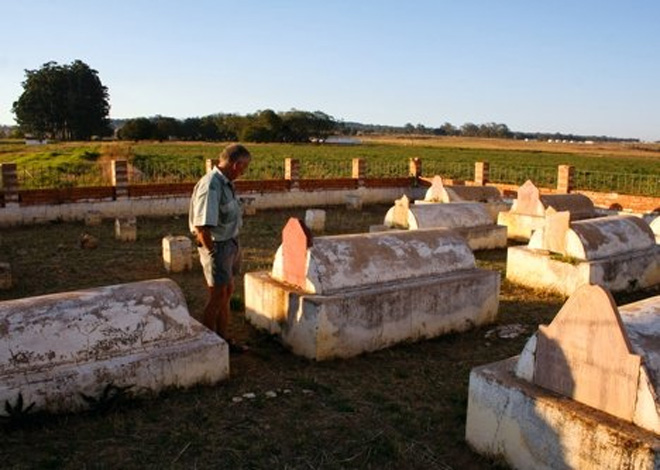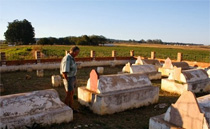With Johan Badenhorst
The Leba Pass is also known as the Serpentine Pass. Like a snake, it wiggles its way up the Angolan escarpment, linking the low-lying Namib Desert with the rich and fertile highlands.
The Serra da Leba Pass is between Lubango and Namibe. Travelling east, up the pass, the road climbs more than 1500m within a few kilometres.
There are many stories to be told about the magnificent pass and its construction. One theory is that a Portuguese woman designed it, and that it was named after her. She finished the construction, and on the day of completion she looked upon her creation and died.
The road surface of the pass is amazingly good. This may be due to the fact that the far south of Angola largely escaped the 26 year-long civil war. Even in 1974, when Colonel Jan Breytenbach and his Bravo Group travelled from S? da Bandeira (Lubango) to Mo?amedez (Namibe), and retreated when it was decided not to advance to the Angolan capital, the pass was left intact.
We approached it from the west. After a difficult time on the Death Acre, south of Tombua, and a few days rest at Flamingo, we headed east, to the interior of Angola. Our destination was Humpata – for many years the home of the Dorslandtrekkers. We also wanted to go to Lubango, the only city in Angola where the Portuguese population at one point exceeded that of the local black population.
At Namibe, one is aware of the Namib Desert, even though it is not quite as barren as areas around Tombua and farther south. There are none of the huge sand dunes of, for example, Walvis Bay. Yet it is a barren land, offering little in the form of sustenance.
Moving inland, the terrain becomes more inviting with rolling grasslands. We passed the village of Caraculu, apparently named after the karakul sheep which originated in central Asia but adapted very well to this semi-desert. Ahead, in the distance, we saw the escarpment.
Nearing the mountains, the road started winding. The altitude on my GPS system indicated 600m above sea level.
Long, winding bends helped to make the climb not as steep as a direct approach. Then I zoomed in on my Garmin GPS. What a sight! What lay ahead were the twists and turns of a serpentine — one cantilevered hairpin bend after the other. It is a road that in an instant leaves the desert behind and takes you into a tropical wonderland with dramatic rock formations and numerous waterfalls that tumble down below.
Eventually we reached the top. The Garmin indicated that we were at 2000m above sea level. There we found a toll gate. Mercifully it is only for those who travel down the pass. The authorities decided not to toll those who had made it up the Leba!
At the toll gate there is a turn-off to a viewpoint from which one can enjoy a spectacular view of the pass. It is here that we dropped off our cameramen and drove back, down the pass, and then up again. Just because we could.
Back at the vantage point, we stopped once more and prepared lunch. It was as though we did not want to let go of this amazing sight.
Later in the afternoon it was onwards to Humpata. Here we looked for a memorial as well as the graves of the Dorslandtrekkers. We even found a few dwellings where these stubborn farmers from the Western Transvaal lived in the late 1800s to the early 1900s.
Many of them left this area when offered the opportunity to go and farm in Namibia. But many stayed behind and today it is not unusual to meet descendants of these people, currently living all over this beautiful and fertile country.
Many travellers to Angola go out of their way to travel up or down the Serra da Leba Pass. Should you enter Angola in the south and travel to Tombua, Flamingo, Namibe and onwards to Luanda via Lobito and Sumbe, and should you return from the capital via Huambo and Lubango, you are sure to miss this incredible pass.
But once you’ve seen it, once you’ve travelled round the 12 hairpin bends, you’ll know that next time when you visit Angola, the Leba Pass is not only a route but indeed a destination in its own right.









